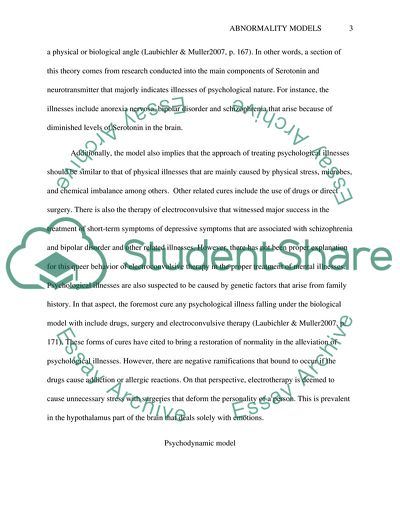Cite this document
(Abnormality Models Essay Example | Topics and Well Written Essays - 1500 words, n.d.)
Abnormality Models Essay Example | Topics and Well Written Essays - 1500 words. https://studentshare.org/sociology/1787814-2days-sociology
Abnormality Models Essay Example | Topics and Well Written Essays - 1500 words. https://studentshare.org/sociology/1787814-2days-sociology
(Abnormality Models Essay Example | Topics and Well Written Essays - 1500 Words)
Abnormality Models Essay Example | Topics and Well Written Essays - 1500 Words. https://studentshare.org/sociology/1787814-2days-sociology.
Abnormality Models Essay Example | Topics and Well Written Essays - 1500 Words. https://studentshare.org/sociology/1787814-2days-sociology.
“Abnormality Models Essay Example | Topics and Well Written Essays - 1500 Words”. https://studentshare.org/sociology/1787814-2days-sociology.


